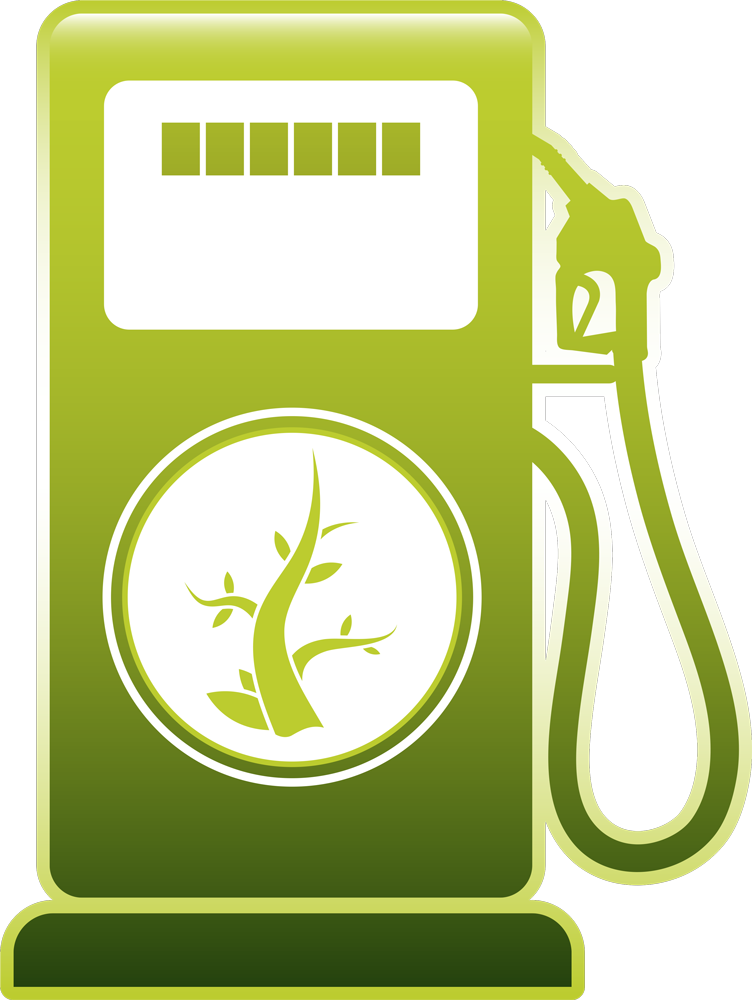Fuel for Thought
Interdisciplinary teams investigate different types of alternative energy

In the world of alternative fuels, there may be nothing greener than pond scum.
An interdisciplinary team of UVA researchers is now investigating algae and other potential sources of energy—including black solar cells and nanotech fuel cells—with support from UVA’s new Collaborative Sustainable Energy Seed Grant.
Algae, for instance, are tiny biological factories that use photosynthesis to transform carbon dioxide and sunlight into energy so efficiently that they can double their weight several times a day. A research team is now trying to determine exactly how promising algae biofuel production can be by experimenting with the levels of carbon dioxide and organic matter fed to algae to increase algae oil yields.
Elsewhere on Grounds, chemical engineering professor Steven McIntosh is working with a team on fuel cell technology that doesn’t rely on hydrogen as the fuel. Hydrogen is both difficult and dangerous to store and distribute, and most of it derives from oil and gas, which does little to reduce fossil fuel use.
“There’s not going to be a silver bullet to solve the problem, so we’ve got to pursue multiple approaches,” says McIntosh.
One project involves applying new nanoscale structures to try to create a new type of solar cell that will gather the energy of sunlight to electrochemically split water into its molecular components of oxygen and hydrogen, which could provide a renewable source of hydrogen. Another project uses similar nanoscale structures to bypass hydrogen and create a new type of fuel cell that can transform renewable biofuels like biodiesel directly into electricity.
Increasing the efficiency of solar cells is the focus of another UVA research team. Solar cells reflect 5 percent to 10 percent of the light energy reaching their surface. Using lasers, researchers will create tiny nanoscale surface textures, called nanospikes, that reduce the energy loss to less than 1 percent.
The gain in light absorption from nanospikes may enable the creation of solar cells that are 2 percent to 3 percent more efficient than the current technology. That may not sound like much, but “in the solar industry, a 1 percent efficiency improvement is a big deal,” says Mool Gupta, a professor of electrical and chemical engineering who developed this laser texturing process.
Such gains in efficiency and reduced manufacturing costs are helping drive the rapid growth of solar energy, Gupta says.